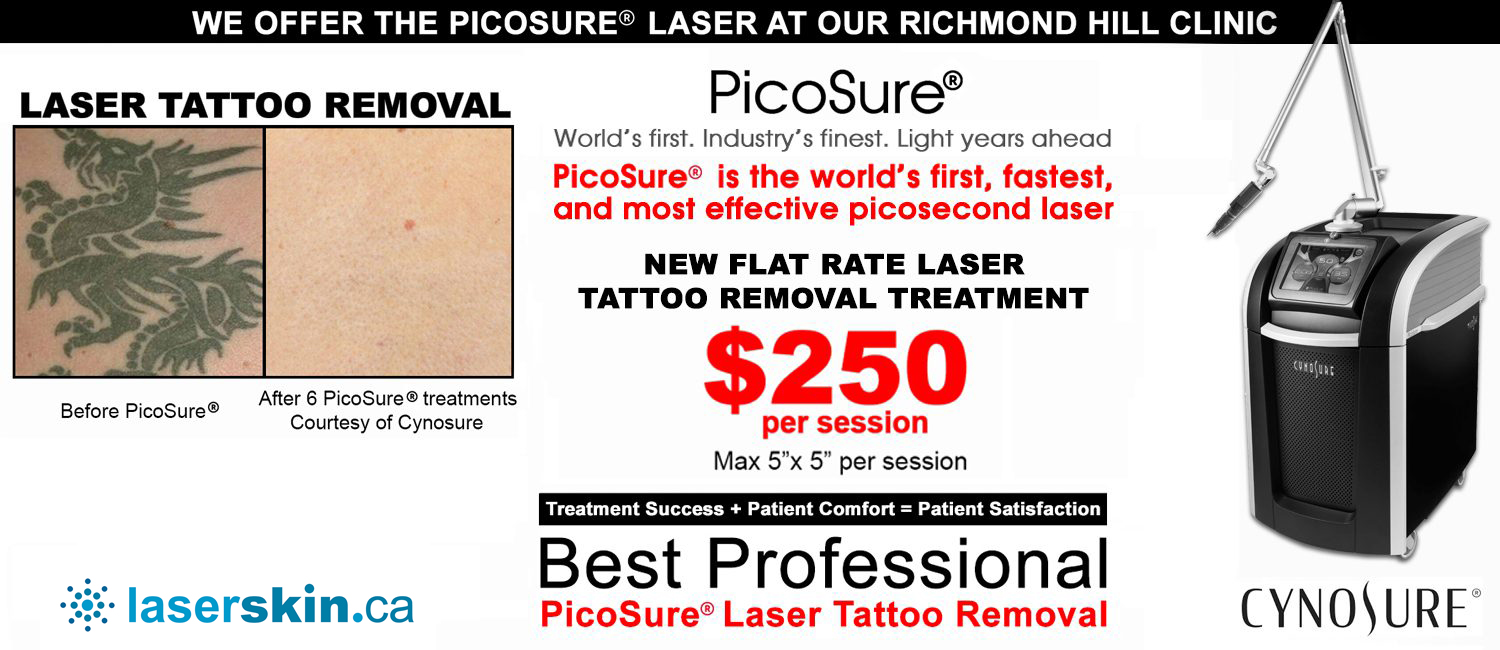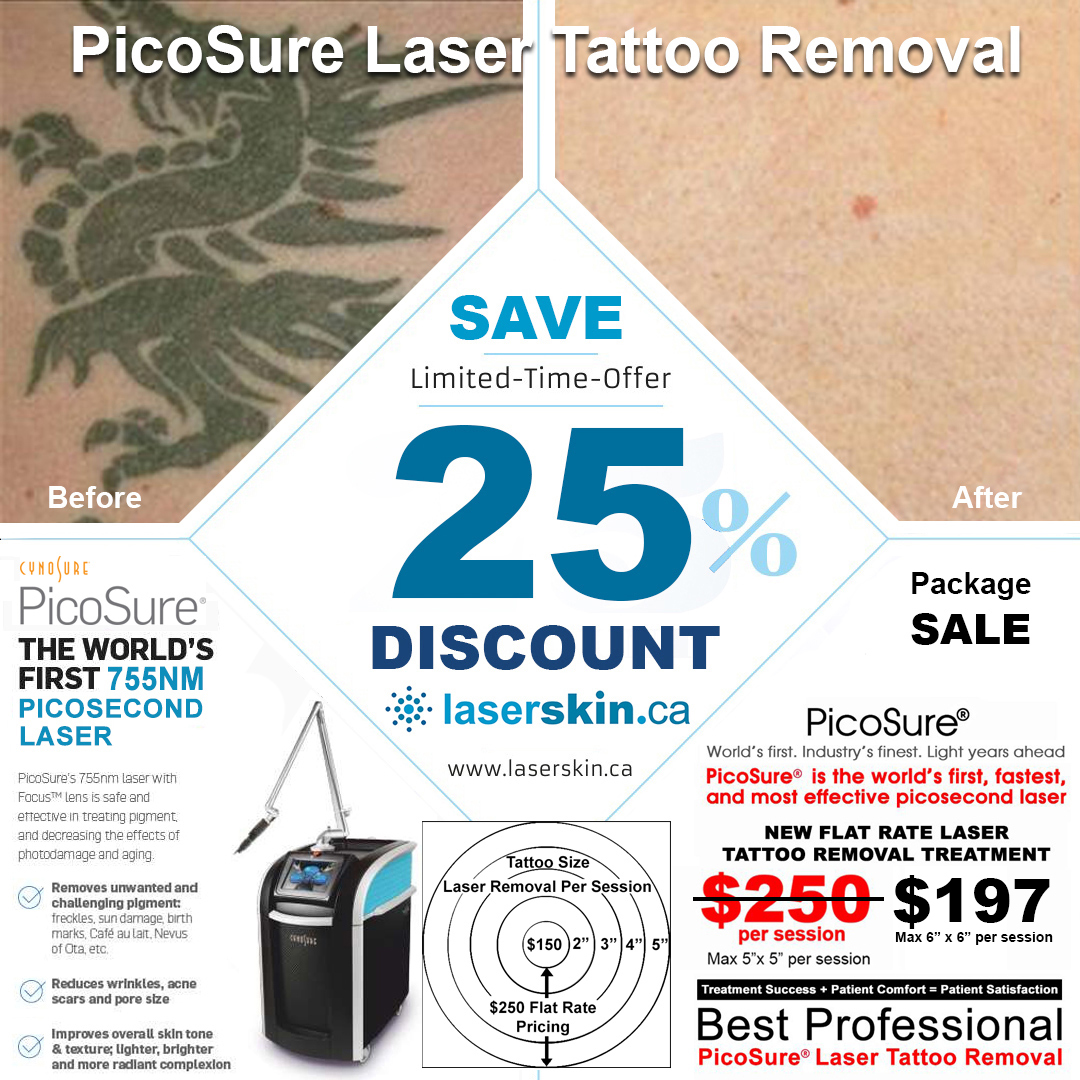
Table of Contents
Tattoo Laser Removal
Removal of an unwanted tattoo is the goal of tattoo removal. Tattoo laser removal, surgical excision, and dermabrasion are all options for removing unwanted ink.
Tattoo ink is placed underneath the epidermis. That’s why tattoo removal is more complex and expensive than tattoo application.
See a tattoo removal clinic who may help you understand your options if you wish to remove a tattoo. Avoid DIY tattoo removal at all costs. In addition to being ineffective, tattoo removal lotions and other at-home procedures might also irritate the skin. Visit our laser skin clinic. That is affordable and shows very effective results.
Tattoo Laser Removal, What’s the point?
Tattoo removal is an option for those unhappy with their ink’s appearance or placement ink. Maybe the ink has smeared or faded, or you don’t like the tattoo anymore.
If you experience an allergic reaction to your tattoo or if it causes other problems, such as an infection, you may consider having it removed.
Risks of Tattoo Laser Removal
The majority of tattoo removal methods result in scarring. Additional risks include infection and skin discolouration.
In what ways do you get ready?
If you wish to get rid of a tattoo, visit a tattoo removal clinic. Our tattoo removal expert can walk you through the many methods available to you and help you choose the one with the best rate of success. For instance, laser treatment works better on certain tattoo inks than others. Also, some tattoos are too large to remove with a scalpel, while others are too small.
And what can we expect?
As a result, tattoo removal is often done as a non-hospital outpatient procedure. Tattoo laser removal, surgical excision, and dermabrasion are all standard procedures.
Tattoo Laser Removal therapy
Q-switched lasers are often employed for removing tattoos because of its single, powerful pulse of light. A Q-switched Nd: YAG laser may be used on darker skin to avoid irreversible pigment changes.
When laser treatment is to be performed, the affected area will first be numbed with a local anaesthetic injection. The ink in the tattoo is heated and shattered by a powerful energy pulse. When dealing with multicoloured tattoos, using more than one laser and/or wavelength may be necessary.
After surgery, you may experience some pain, redness, swelling, blistering, and even bleeding. An antimicrobial ointment might speed up the recovery process. Treatments will likely need to be repeated to lighten the tattoo, and it may not be possible to erase the ink completely.
Removing It Surgically
Before surgical excision, a local anaesthetic is injected to numb the area. The tattoo is cut out using a knife, and the skin is then stitched back together. Using an antibacterial ointment after surgery aids in the healing process.
Although practical, surgical tattoo removal creates a scar and may only be suitable for minimal tattoos.
Dermabrasion
During dermabrasion, the area around a tattoo is typically numbed by using cold compresses. High-speed rotary machinery fitted with an abrasive wheel or brush is then used to sand the tattooed skin to greater depths. This allows the skin to take in the tattoo ink.
For many days after therapy, the affected area may feel rough and painful. As much as three weeks might be needed for recovery. Inconsistent outcomes and lower efficacy compared to laser or laser with excision make dermabrasion an unpopular treatment option.
Results
Tattoos are designed to last a lifetime and may be difficult to remove. Some degree of scarring or skin-tone variation will persist following tattoo removal.
How Many Laser Treatments Are Needed to Remove a Tattoo?
The Kirby-Desai scale is often used to determine the likelihood of success and the number of sessions required for laser tattoo removal. Patients are usually given an inaccurate appraisal of the number of therapies available, and they typically participate in the process without fully understanding the likelihood of success. Six characteristics are assigned numerical values in the Kirby-Desai scale: skin type, location, colour, the quantity of ink, scarring or tissue alteration, and layering.
The average number of laser tattoo removal sessions needed was 8, ranging from 3 to 20 treatments. Treatments must be scheduled six weeks apart.
Patients with Fitzpatrick skin types (darker skin) are unsuitable for laser tattoo removal. Because they use the laser on lower settings to minimise undesired side effects like hypopigmentation, they often need longer wait periods between treatments.
SET UP A FREE CONSULTATION TODAY
Are you looking for laser tattoo removal in Toronto? Do you want to get rid of a tattoo? Fill out our online form, submit a few images of your tattoo, and we’ll get back to you as soon as possible with the pricing and any questions you may have. We provide laser tattoo removal in our Richmond Hill site and non-laser tattoo removal in Mississauga, Richmond Hill, and Toronto. CLICK HERE for a free consulatation.

